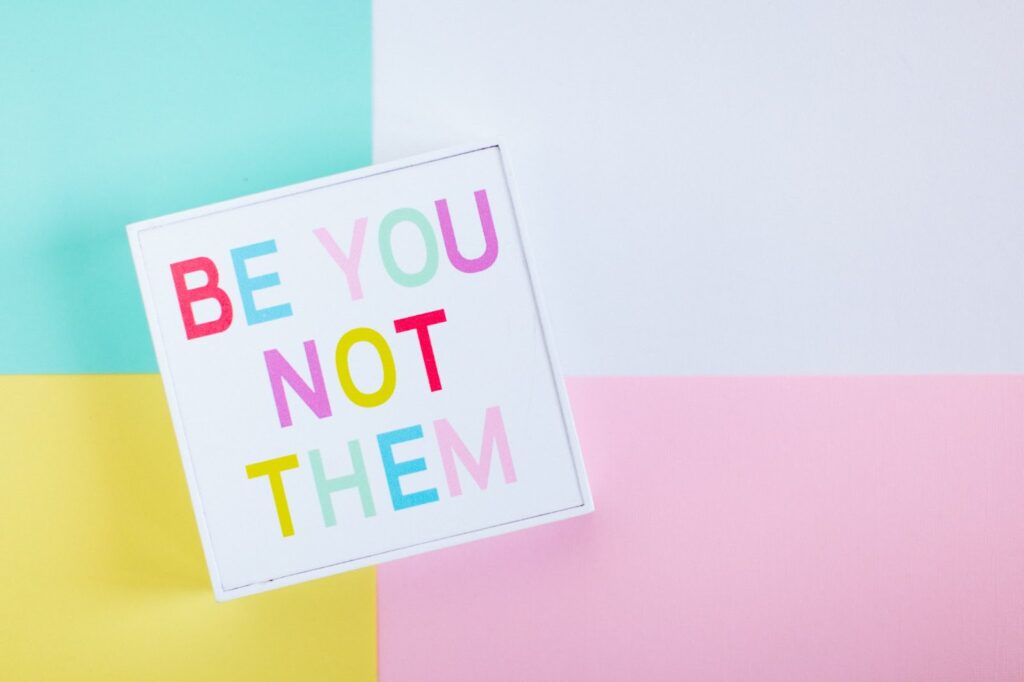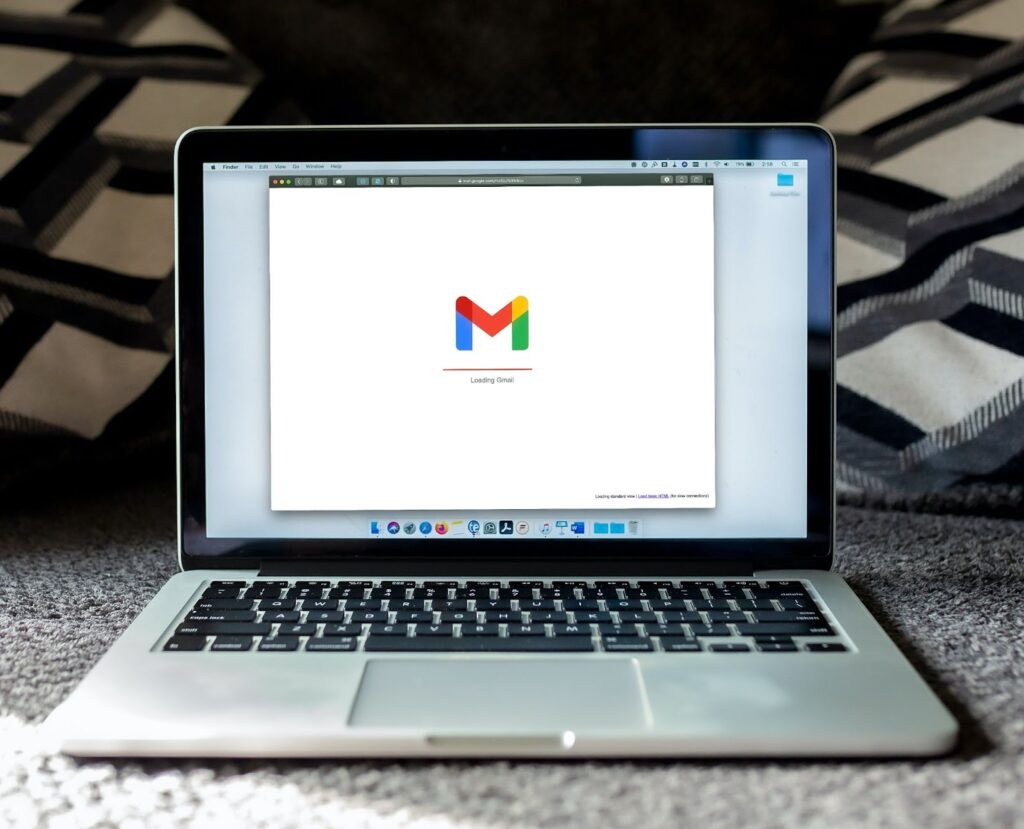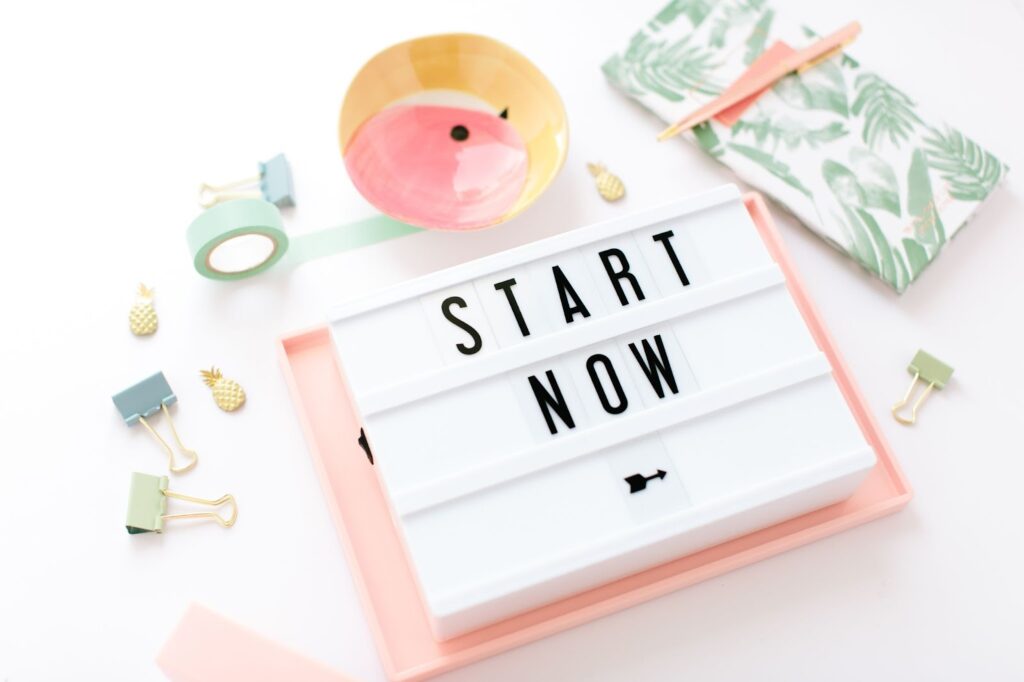Did you know that the creator economy is a whopping $100B+ industry? More than 50 million people consider themselves “creators.” That’s a whole lot of people creating!
I’ve got some good news and some bad news for you. The bad news is that only about 2 million of those 50 million creators earn enough from their craft to consider it their full-time income. That’s only 4% of creators. Yikes!
The good news is that, despite what that statistic might suggest, you don’t need a massive following to be able to support yourself as a full-time creator. For example, my YouTube channel is relatively small, with just under 65,000 subscribers, and I’ve got less than 3000 followers on Instagram. Despite being “small” compared to some of the massive influencers out there, I still managed to make $400K US last year as a creator. I even made $70K as a creator in my very first year. Not bad for “small,” eh?
Wanna know how I did it?
In this video, I’ll share 10 steps for becoming a successful full-time creator in less than a year.
(This post contains affiliate links, which means—at zero cost to you—I will earn a small commission if you click through and make a purchase. Thank you for your support!)
10 Steps To Becoming a Full-Time Content Creator
If your goal is to become a professional creator rather than just a hobbyist—meaning that you want to be able to sustain yourself financially from your content creation—you need to treat your blog, your podcast, your Youtube channel, or whatever platform you choose to create content on, as a business from day one.
The number one goal of any business is to make money. If your business isn’t making money you don’t have a business, you have a hobby.
Approaching your creator journey with this mindset is going to put you miles ahead of the 48,000,000 amateur creators who aren’t likely to fill a piggy bank with their earnings this year.
To get things moving quickly and sustainably you’ll want to keep things simple and focus on the RIGHT things.
1. Choose Your Niche
Step one of your content creation journey is to choose a niche. I know this might sound like a daunting task, especially if you’re passionate about lots of different things, but trust me—it’s crucial if you want to grow quickly.
If you’re all over the place with your topics, your viewers might get confused and not know exactly what you’re about. Plus, algorithms on platforms like YouTube, Instagram, or TikTok work best when they can understand what your content is all about, so it’s a good idea to stick to one topic or a few closely related ones. This will help establish you as an authority in your niche so your ideal audience will know you’re the person to go to if they need help with what they’re looking for.
If you’re not sure where to start, think about what you could talk about for hours on end, what people always ask you for help with, and what kind of content you’ll enjoy creating for the long term.
Once you have some ideas, think about the problem you want to solve and the solution you’ll provide. Will your content be educational or entertaining, or a mix of both? And most importantly, are real people actively searching for this kind of content?
To find out, hop onto YouTube or Google and do some research. Look at what’s already out there, how popular it is, and what your competition is doing. This will give you a good idea of what kind of niche you should be targeting.
When I started my channel, I knew I wanted to focus on low-content publishing. It was a topic that lots of people were interested in and there wasn’t a lot of competition at the time. By posting solely about that niche, my viewers knew exactly what to expect from me, and the algorithm knew who to push my content in front of. This helped me gain traction fairly quickly. If you’re interested in learning more about my journey and how long it took me to get monetized on YouTube, check out this video, How Much I Got Paid In My First 3 Years on YouTube. It’s packed with all kinds of helpful tips and insights!

2. Define Your Audience
Once you know what you want to talk about it’s time to define your ideal audience. In other words, who is your content for?
You want to create engaging content that speaks to a very specific type of person. Remember, if you try to speak to everyone you end up speaking to no one. You want your viewers to consume your content and think it was made just for them.
Some things to consider are:
- demographics
- age
- gender
- location
- socioeconomic
You won’t want to stop there, though! You need to go deeper, and also think about:
- hobbies
- interests
- challenges and obstacles
- biggest fears
- values
- desired transformations
Using my audience as an example, I knew I wanted to speak to aspiring online business owners in the 30-50 age range who were looking to add a passive income stream to the mix.
I knew that they likely had a full-time job they weren’t thrilled with, they wanted a creative outlet that could make them money, and they needed to be able to do it in a minimal amount of time and in a way that didn’t interfere with their current responsibilities.
Successful content creators understand that having a clear picture of who they are speaking to is at the core of their future content marketing strategy.

3. Determine Your Unique Selling Proposition (USP)
When it comes to creating content, it’s important to remember that there’s a good chance others are already talking about the same topics that you want to talk about. That’s actually a good thing because it means that there is a demand for information about this topic.
What you need to do is figure out what sets you apart from the rest. What makes you unique and different from your competitors?
It could be your target audience—maybe no one else in your niche is catering to their specific needs and problems. Or it could be your style of content creation, your unique personality, or your sense of humor. Take a look at your competitors and try to figure out what makes them stand out. Then, find a way to differentiate yourself by offering something unique and valuable to your audience.
For my own business, I knew that there was already a lot of buzz in my Low-Content Publishing niche. So, I decided to be the voice of reason and provide honest insights into the amount of time and effort required to see real results. I’ve received a lot of feedback from people who appreciate my candid approach and it’s helped me stand out from my competition.

4. Choose a Platform
Now that you have a solid understanding of your ideal audience, it’s time to find them online. The last thing you want is to put all your hard work into a blog that your dream audience never discovers because they’re hanging out on YouTube or prefer to listen to podcasts.
The trick is to choose a platform where your audience is already hanging out. That way, you can be certain that your content will be seen by the exact people you want to engage with.
Here’s the thing, though; don’t spread yourself too thin by trying to be everywhere at once. It’s best to focus your time and energy on a single platform like YouTube, a podcast, or a blog.
If you have the bandwidth, also pick one timely or nurturing social media platform like Instagram, TikTok, or Facebook. Whichever social platform you choose, just be sure it’s the place your audience is hanging out. By doing this you’ll be able to create a strong presence and connect with them on a deeper level.
I went all in on YouTube, and now I’m gradually expanding my reach on Instagram and TikTok, where I post daily about low-content publishing and entrepreneurship.
For more help on choosing a platform, be sure to check out my article, Blog vs. Podcast vs. YouTube Channel: Which One Should You Choose?
5. Create Your Business Plan
Now It’s time to whip up your business plan! Your business plan is the secret sauce to your success. Remember, you’re not just creating pieces of content for fun; you want to turn a profit too, so let’s make sure you’ve got a game plan to bring in the big bucks.
First things first, don’t stress if you’re not raking in a full-time income from content creation in just a year. Most creators diversify their income with additional revenue streams, and so can you.
Consider options like:
- digital products (think templates, printables, or ebooks)
- online courses
- affiliate income
- brand collaborations
- physical products
- coaching services
Fun fact: in my first year on YouTube I only made $5,000 from AdSense, but thanks to digital course sales, affiliate income, and coaching, I wrapped up the year with a cool $70K. That’s how many pros do it! Your blog, podcast, or YouTube channel acts as a magnet for your ideal audience, and you can then convert those viewers into loyal customers. Start by choosing one income stream, then expand over time. Consider your audience’s biggest challenges and which income source is best suited to help them out. For instance, I spent the first nine months of my YouTube journey crafting a digital course in my niche. By the time it was ready, my channel had drawn in over 100 potential buyers eager to snap it up!

6. Set Clear Goals
Ready to crush your goals? Of course, you are! Surprisingly, many creators just starting out don’t set targets, but if you want to be a serious business (and I know you do!) you’ll need to set some clear goals for yourself. Let’s bring that business mindset into your full-time content creator journey.
First, pick a number—how much money do you want to make? Now, plan your path to get there. For example, if you’re launching a $600 course and aim to make $60,000 by year’s end, you’ll need to sell 100 units. Think about how you’ll promote your product or service through your content to make that happen.
Remember, this is a business! Shift your focus away from vanity metrics (like subscribers or followers) and to the number that truly counts: sales. I may not have a massive channel (64,000 subscribers on YouTube and under 3,000 followers on Instagram), but I still made nearly $400K US (that’s over $500K in my local currency) last year! Keep an eye on how many of your fans are converting into email subscribers and, ultimately, into sales.
Alternatively, if you’re all about brand deals, first ask yourself which brands you want to work with. How many subscribers or views do you need to catch their attention? How much will they pay you? Are there other social media influencers you can collaborate with? Calculate how many brand deals you need at X dollars to hit your revenue goals.
No matter your chosen income stream, set a revenue target and work out the number of sales, brand deals, ad revenue, and affiliate sales you need to reach it. This clear vision will help guide your first steps to success.

7. Create a Posting Schedule
Are you eager to amp up your content creation skills? Say hello to your trusty sidekick—the content calendar. As a content creator, it’s essential to keep things organized and design content strategies that make you shine. You’ll be juggling everything from engaging blog posts to social media posts and everything in between. Getting organized is crucial to staying engaged with your audience and preserving your sanity.
To keep your content creation process flowing smoothly, craft a content calendar that outlines your regular posting schedule. I use Asana for my content calendar, but even a simple spreadsheet can do the trick.
A content calendar allows you to plan and arrange your content in advance, so you’re always ahead of the curve. Bid farewell to frantic, last-minute content creation and hello to a well-oiled content machine!

8. Start Creating Valuable Content
With all the prep work done, it’s time to dive into the exciting world of content creation!
To ensure that your ideal audience starts to see you as the go-to expert in your niche and keeps coming back for more, you’ll need to be consistently creating high-quality content that solves their problems.
As you’re brainstorming your content ideas, ask yourself questions such as:
- Does this content address a specific challenge?
- Is it entertaining?
- Am I providing solutions to their challenges?
Don’t forget to peek at your analytics regularly. Knowing which content resonates with your audience lets you create more of the same and ditch topics that don’t quite hit the mark. If you’re a YouTube creator, why not play around with different video content ideas before investing time in longer videos? Whip up some Shorts as a testing ground. If a Short takes off, you can then transform it into a full-length video with confidence, knowing it’ll be a hit. I’m about to try this tactic on my channel, and I can’t wait to share the results with you!

9. Convert Your Audience Into Email Subscribers
Are you ready to turn your audience into email subscribers? Let the fun begin!
As you start producing fantastic high-quality content, the next critical step is to convert those viewers into subscribers and grow your email list. Remember, we’re not chasing vanity metrics here; a million subs on YouTube or followers on Instagram are nice, but they won’t pay the bills.
Keep in mind that you don’t own the platforms you’re creating content on (unless it’s a blog on your website), so the best way to capture your audience is through an email list. This direct line to potential customers lets you build relationships and offer value so when it’s time to pitch, they’re all ears! Offer an irresistible freebie promoted through your content and housed on a landing page for easy access. I’ve been sharing the same freebie for almost four years—my “3 Steps to Publishing Your First Low-Content Book in Less Than a Day.” I also have a newer freebie, “The 4-Step ‘No Time to Waste’ Online Business Start-Up Blueprint.” These freebies have brought in over 20,000 leads and converted more than 4,000 people into actual sales for my digital course, Low-Content Profits Academy. Give it a try and watch your email list grow!

10. Embrace the Journey: Boost Your Skills Incrementally
Wanna know the real secret sauce to success? It’s all about making gradual improvements to your content and the systems that support it.
Polish your writing, broadcasting, video editing, scripting, or set design talents; there’s always an opportunity to grow. Turn to coaching, mentoring, courses, or masterminds to reveal and address your blind spots.
The reality is, if you’re on the right track, you’ll wince at your initial efforts. My first YouTube videos make me want to teleport away! But it’s a positive sign—it shows how far I’ve progressed. I never stop searching for ways to elevate my game. That’s led me to coaching, masterminds, courses, A/B testing my thumbnails and titles, investing in better gear, and hiring help when possible.
Buckle up for the journey and witness your abilities skyrocket. Choosing to dive into becoming a full-time content creator can be scary but it’s also exhilarating and very well within your reach.

I hope these 10 steps to becoming a content creator will help you build a thriving career. It’s all about staying focused, consistently delivering value, and continuously learning.
Dive into this exciting journey with confidence and passion and watch your dream of being a successful content creator come to life in 2023. Here’s to your creativity and the fantastic content you’ll share with the world!
If you’re an aspiring online entrepreneur and you feel like you could use a little help mapping out your first steps, download my free guide, “The 4-Step ‘No Time to Waste’ Online Business Start-Up Blueprint.”
You’re also invited to join my free Facebook group, Rachel’s Sandbox.
